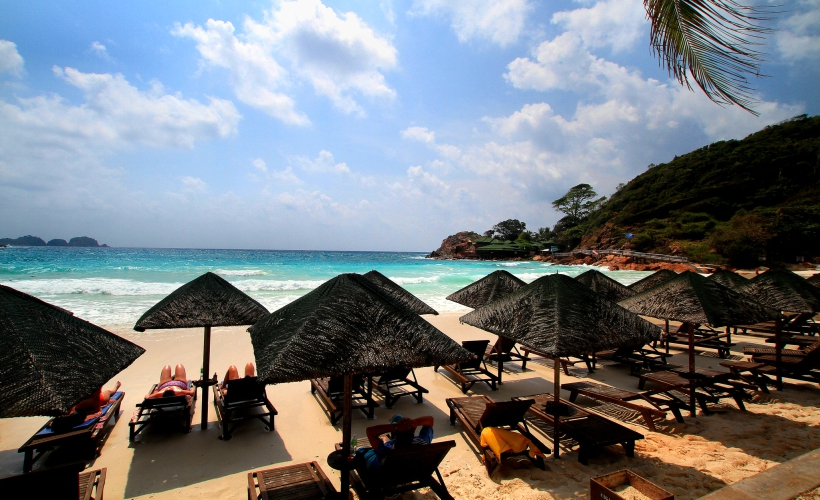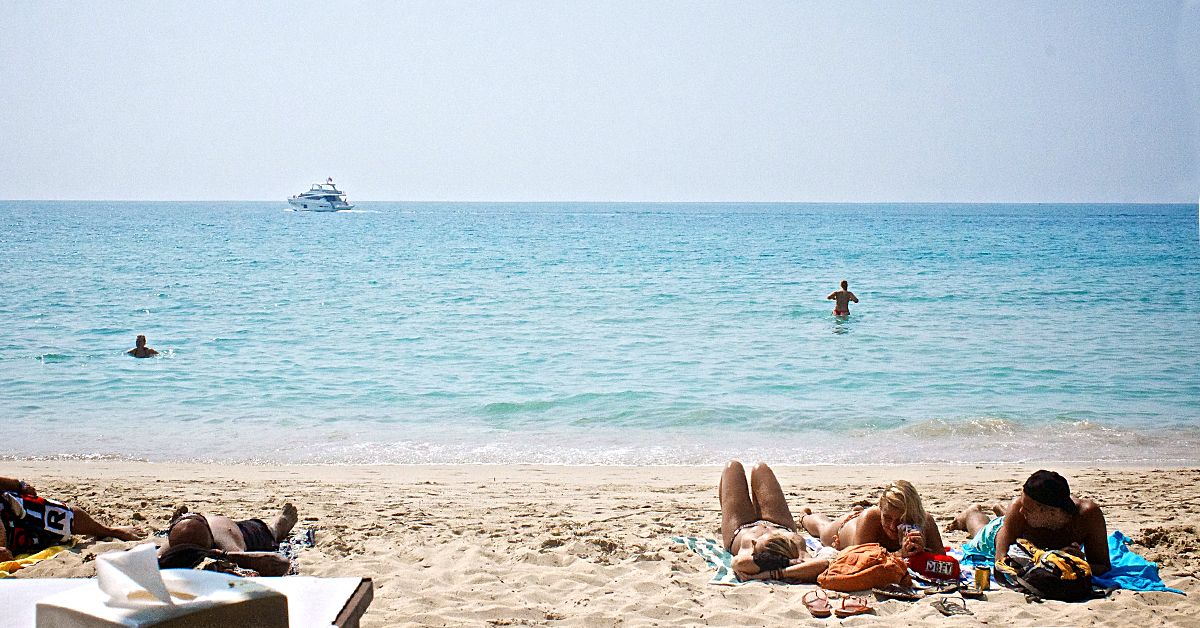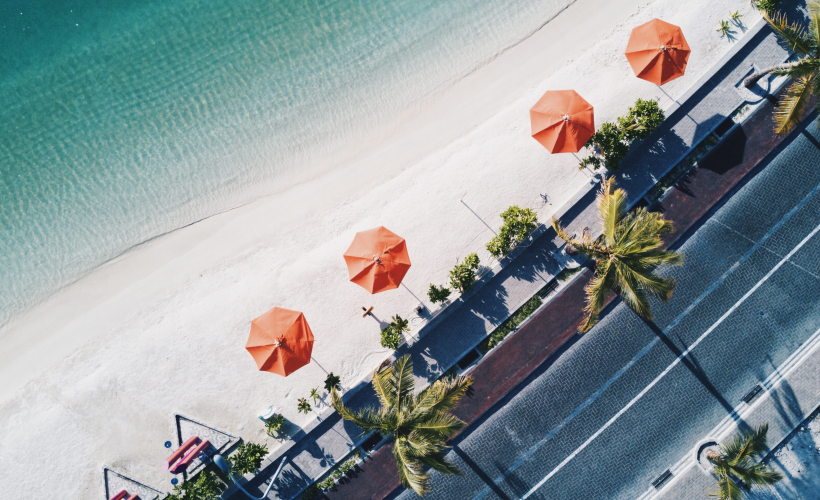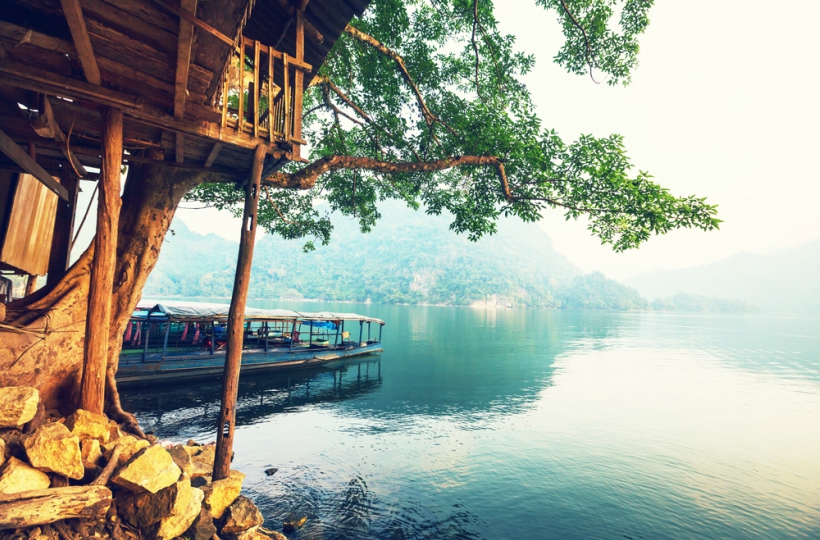
Throughout history, mankind has always been drawn to lakes. They’ve long been viewed as a source of life and livelihood, as well as the origin of enchanted creatures (think Nessie) and a resting place of legendary relics.
To sit lakeside and witness the dramatic streaks of pinks, oranges and reds painting the dawn sky, followed by the sun’s morning rays cutting through the mist as it breaks over the water… The mystery and magic of the moment is enough to take your breath away. But enough musing, dive in to any of these beautiful lakes that can only be found in Southeast Asia:
Kayangan Lake | The Philippines
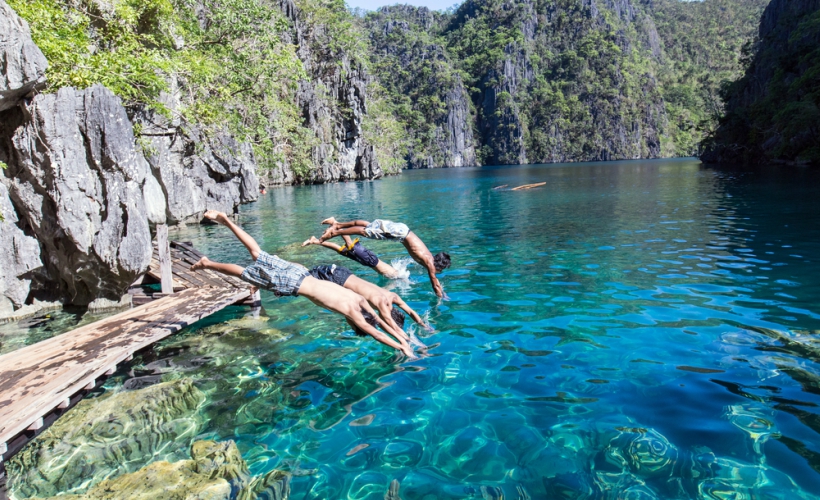
This picturesque lake in Coron town is one of the most photographed sights in the Philippines, and it’s easy to see why: its clear waters tinged with the dreamiest blue invites everyone to take a dip. Claimed as the ‘cleanest lake in Asia’, you’ll be able to spot small fish swimming around your feet underwater and you can even swim into the small caverns etched into the limestone surrounding the lake.
It’s a bit of an uphill climb to get to the lake’s entrance, so be ready for a hike. There’s also a cave at the top of the hill for you to explore after your swim, but visitors aren’t allowed to venture far from the entrance. And don’t forget to pose for a photo at the top of the hill near the cave’s entrance – it offers a spectacular view of Kayangan Lagoon.
Indawgyi Lake | Myanmar
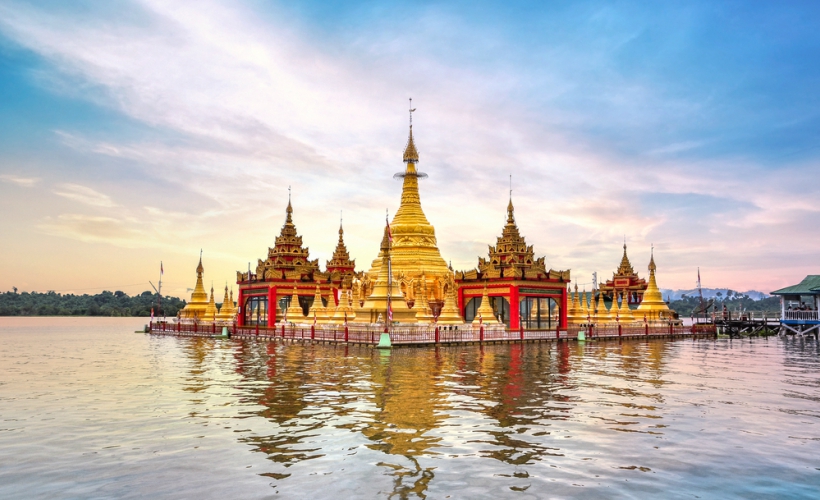
Located in Kachin State, Indawgyi Lake is one of the largest inland lakes in Southeast Asia. The ethnic Shan and Kachin people, who mainly practice agriculture, still live off the lake and its bounty. Indawgyi Lake and its surrounding wetlands are so biologically-diverse in flora and fauna that it’s been protected as the Indawgyi Lake Wildlife Sanctuary.
Among the lake’s most popular attractions are Shwe Myitzu Pagoda, a ‘floating’ pagoda that attracts thousands of visitors during the Indawgyi Pagoda Festival held in March, and Shwe Taung, a hill to the north of the lake that has a monastery and pagoda sitting at the top, offering sweeping panoramic views of the lake. You can either explore the lake by motor-powered boat and kayak; or by land by renting bicycles or motorbikes.
Ba Be Lake | Vietnam
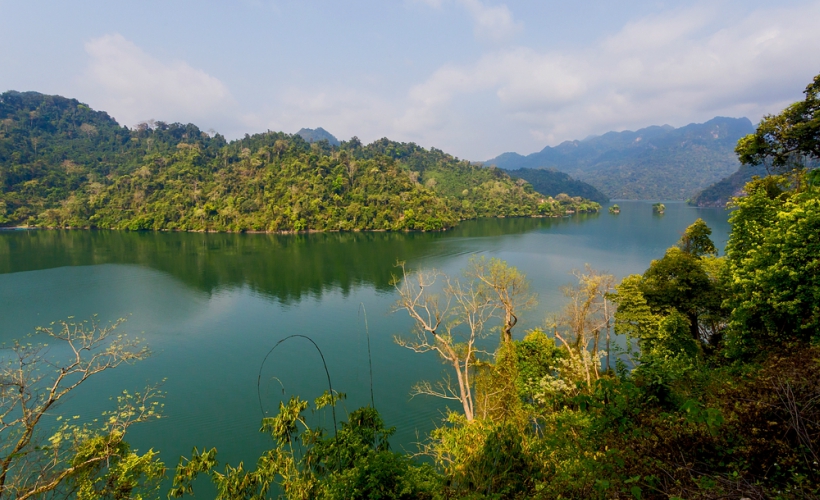
Ba Be Lake in the northeast region of Vietnam is the country’s largest natural lake. “Ba Be” means “Three Lakes” in the local Tay language, referring to the three parts of the lake, named Pe Lam, Pe Lu and Pe Leng.
Legend has it that the ancient lake was once the site of a village that had been submerged in a great flood after villagers failed to listen to an old crone’s warnings of the coming disaster. The old crone turned out to be a fairy in disguise, and the only survivors were a widow and her son who had helped the old crone out when everyone else treated her with disdain.
The lake and its surrounding forests and limestone cliffs are part of Ba Be National Park. Some notable sights you should visit are:
- Puong Cave, a large cave in the northern section of the park through which the Nang River flows.
- The Fairy Pond is a rock basin filled with fresh, clear water that seeps through the surrounding limestone rock.
- Nang River flows into the lake via a rocky series of cascades known as Dau Dang Waterfall.
- Widow Island, named after the widow in the legend, is a cone-shaped islet near the centre of the southern section of the lake.
Chini Lake | Malaysia
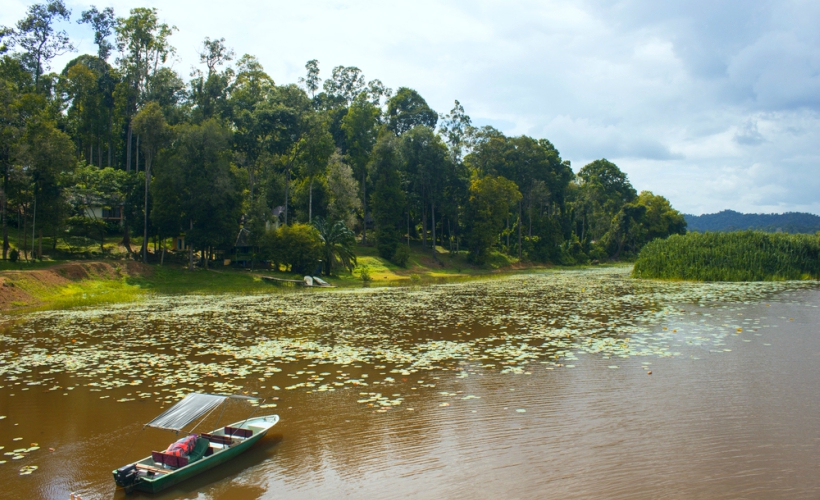
Chini Lake is Malaysia’s second-largest natural freshwater lake and is the country’s own version of Loch Ness. Locals believe that the mystical lake in Pahang is guarded by a dragon-like beast known as Naga Sri Gumum, and there have been a few reports of sightings over the years, though nothing conclusive. Some historians even theorise that Lake Chini is possibly the resting place of a lost Khmer civilization dating back to the 12th century, sunken beneath the waters.
Myths aside, visitors often drop by Cendahan Village, where the indigenous Jakun tribe reside. Here, you can support local trade by purchasing handicrafts lovingly made from bamboo, such as intricate woodcarvings, combs and blowpipes.
If you’re looking for adventure, hikes through the jungle and exhilarating 4-Wheel Drive trails are waiting for you. For something more laidack, enjoy a picnic next to Terapai and Mentagan Waterfalls.
Tamblingan Lake | Indonesia
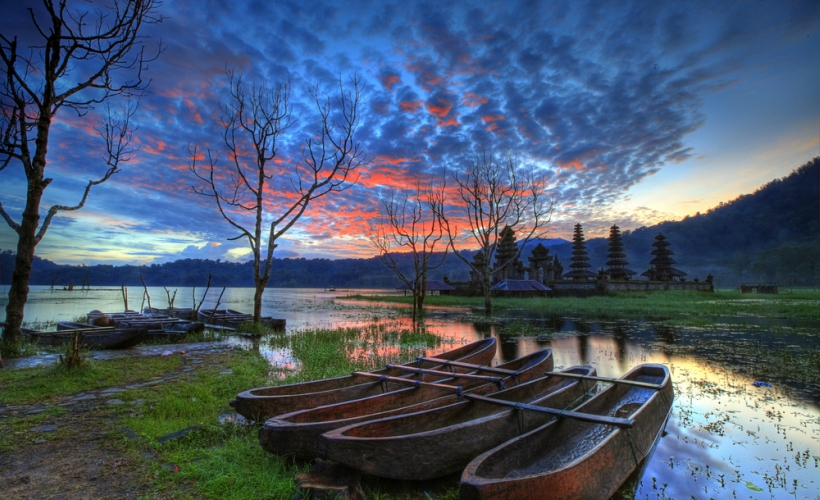
Lake Tamblingan is a caldera lake located at the foot of Mount Lesung in Bali. It’s one of three lakes that were formed inside an ancient volcanic caldera – the other lakes are Lake Buyan and Lake Bratan. The lake, surrounded with dense rainforest and remnants of the 10th-century Tamblingan civilisation, have been designated as a spiritual tourism site protected from modern development.
Many small, ancient Balinese temples are scattered around the shores of the lake and its vicinity – the most well-known is Pura Dalem Tamblingan, located on the eastern shore of the lake. Other notable temples are Pura Ulun Danu Tamblingan which is located on the southern shore of the lake near the village of Gubug and finally, Pura Pekemitan Kangin, located on the ridge overlooking the narrow strip of land separating Lake Tamblingan from Lake Buyan.
This story was originally published on Traveloka.
Zafigo republished this story in full with permission from the author to hopefully bring the story and the author to a larger audience, simply because good authors and stories should be read by as many people as possible! If you are keen on Zafigo republishing your stories that will be of interest and useful to women travellers especially in Asia and the Middle East, please get in touch with us at info@zafigo.com.


